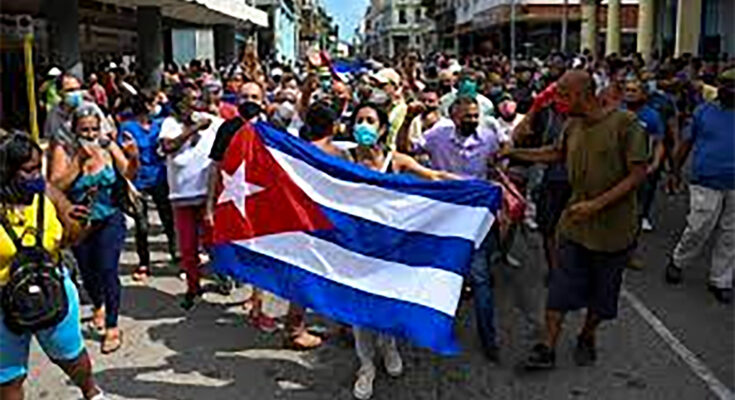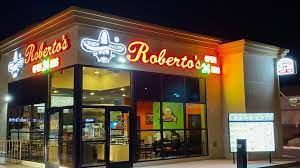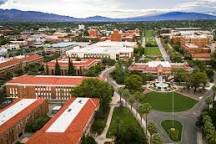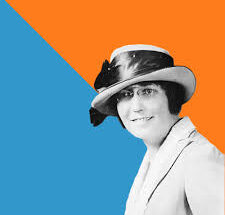Now that the Castro brothers are out of the picture, the region is wondering how the new face of Cuba, Miguel Diaz-Canel, will deal with the largest protests on the island in decades. Thousands of residents, from Havana to Santiago, have taken to the streets in a grassroots effort to address a laundry list of complaints that has become a national crisis. The regime is basically in economic free fall, with an extreme lack of food and supplies, medication, jobs and a huge outbreak of COVID-19 that has swept both the capital and the countryside.
Cuba has never suffered through such a cash flow shortage since the fall of the Soviet Union, but the situation has become more complicated with the raging pandemic and a lack of vaccines to halt the spread. It’s possible that Diaz-Canel was betting that the harsh sanctions reinstated by the Trump administration would be relaxed once Joe Biden took office. But unlike Barak Obama, the new president has maintained a neutral stance, handing off prickly policies in Latin America to others better informed or more willing to carry the ball.
“Peaceful protests are growing in Cuba as the people exercise their (human) right to express concerns over food shortages, rising COVID cases and unemployment,” said Julie Chung, acting assistant secretary for western hemisphere affairs.
Chung went on to explain that Biden stands along with the Cuban people and is willing to help in any way possible. That seemed to anger officials in Havana, who responded immediately.
“The U.S. State Department are up to their necks in promoting social and political instability in Cuba,” tweeted Carlos F. de Cossio, Cuba’s director general for U.S. affairs. “(They) should avoid expressing such hypocritical concerns.”
As the initial rally grew over the July 10th weekend, uniformed and plain clothes police began to aggressively arrest protesters, and large groups of pro government supporters started to get rowdy and chant “Fidel, Fidel!” That seems to be the favored tactic of Diaz-Canel, pitting government workers against the masses and knowing that the police had their backs. Such a strategy could dangerously backfire however, and possibly lead to a civil war on the island.
Who is Miguel Diaz-Canel?
Born one year after the 1959 revolution, Diaz Canel became involved in politics in 1993 and quietly climbed the Communist party ladder. He would soon become First Secretary (governor) in his native province of Santa Clara, and in 2003 won an election for the same post in Holguin.
The next stepping stone for Diaz-Canel was being appointed the Minister of Higher Education and in 2013, served as the Vice President for Council of Ministers. That position would vault him into the Castro inner circle as a trusted confidant. When Fidel died in 2016 at age 90, his brother Raulito took the reigns and named Diaz-Canel his deputy Vice President. But the younger Castro quickly grew weary of public life and moved away from the spotlight two years later, opening the door for Diaz-Canel to become president as of 2019.
Lacking the swag and personality of Fidel, the 61 year old Diaz-Canel has been described as a technocrat and a steady hand at the helm. He is also known as a moderate somewhat open to reform, albeit in baby steps. But the new leader did not look favorably on the recent protests, cutting the internet off and on and making it almost impossible to get a cell phone signal. Yet, the general public has continued to organize rallies here in the States from Miami to Los Angeles in solidarity of the plight facing the Cuban people. Politicians are also applying the pressure in D.C., especially GOP senators like Marco Rubio, Ted Cruz and Mitt Romney.
“The American people stand squarely with the men and women of Cuba and their noble fight for liberty,” Cruz stated, “and the Biden administration must unequivocally and forcefully tell the world as much…immediately!”




